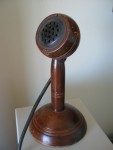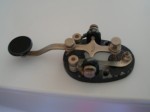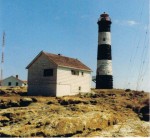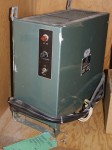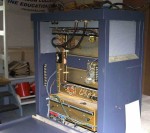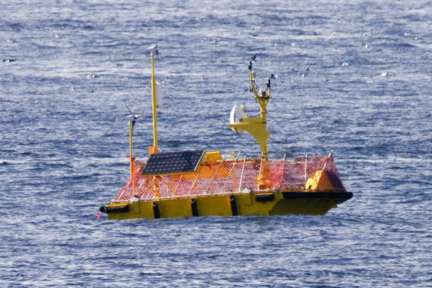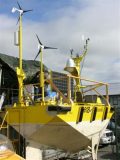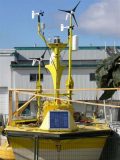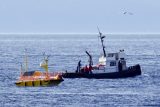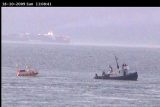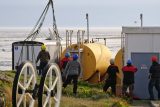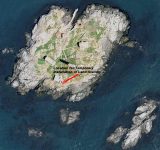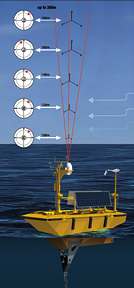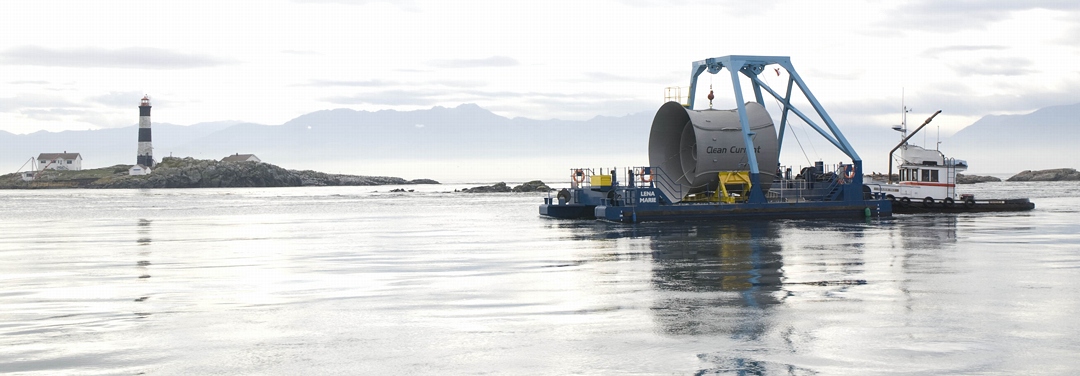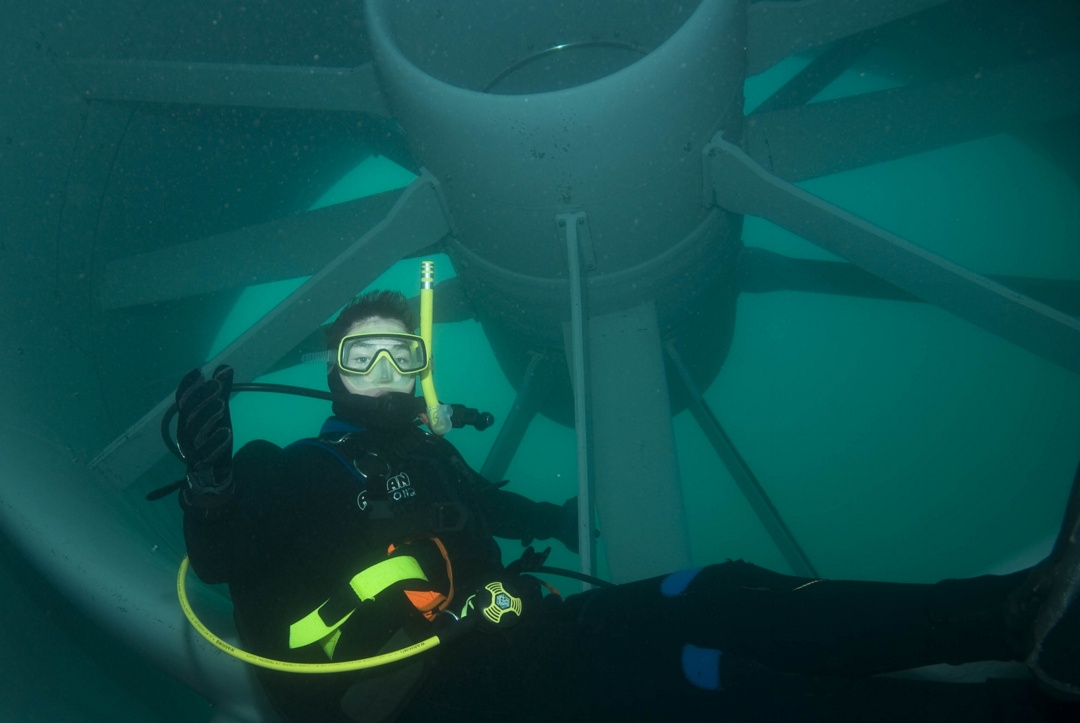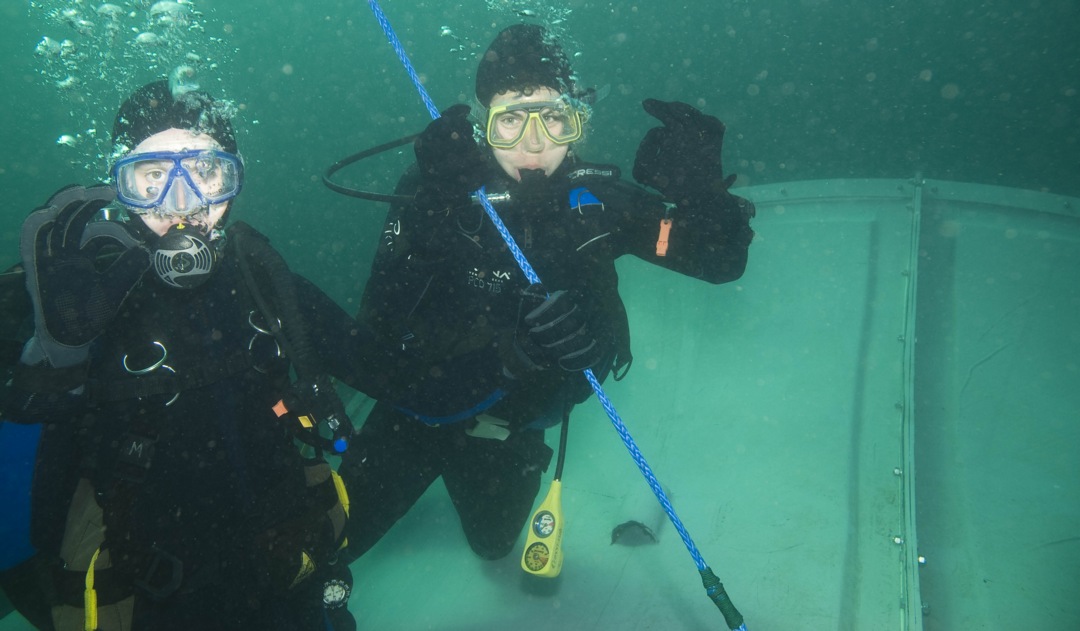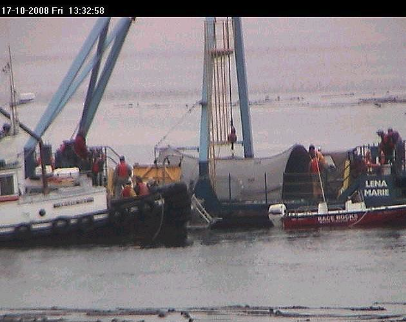The weather changed many times today. It started out foggy with no wind, then cleared with a light north wind. Then it clouded over and blew a little more from the southeast. By late after noon there was light rain, which continued into the evening while the wind shifted back to the northeast. The barometer remained fairly steady until this evening when it started to fall. The forecast for the weekend is cloudy with showers and a strong wind warning for central Juan de Fuca Strait.
Only one whale watching boat was noted in the Ecological Reserve today and it arrived in front of the jetty at the exact time that Second Nature arrived with students from Pearson. Second nature tied up to the jetty and conducted a working dive installing the underwater camera (Webcam #2). Half the team dealt with mounting and connecting the camera while the rest of the crew ran the cable out and secured it along the way. Everyone was well-briefed top-side and it was probably a thrilling dive with the many sea lions in the water all around the divers. Students Stuart, Alex and Sean were in the water with Chris and Courtney led Joliene, Sarah and Yam. Riikka was dive marshal and had a crew of three who made sure that everything went according to plan. The camera is installed and connected and we should be able to view it again shortly.
I didn’t spend much time on ecological observations today but as I was wheel barrowing gear around in the morning, I looked up and saw a big flock of Turkey Vultures. They seemed to be coming from Rocky Point and heading across the Strait to Washington State. They seemed to be using the light tower as a navigation aid. I counted and the group included 102 birds. Five of them turned around just after Race Rocks, maybe they had forgotten their passports.
Today was a clean-up and re-group day here. I tidied up after the electricians and moved and packaged up the waste and debris from the oil change on the Lister generator. The solar panels were washed, fresh water made and electricity generated. Just before the dive was over I launched the boat and went to pick up Alex.

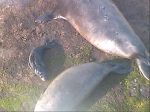


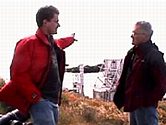
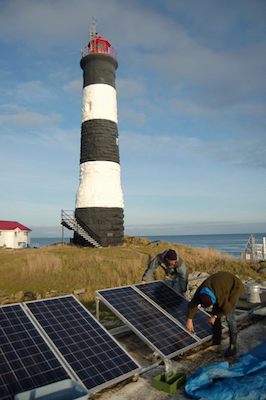
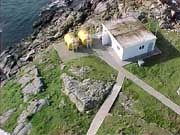
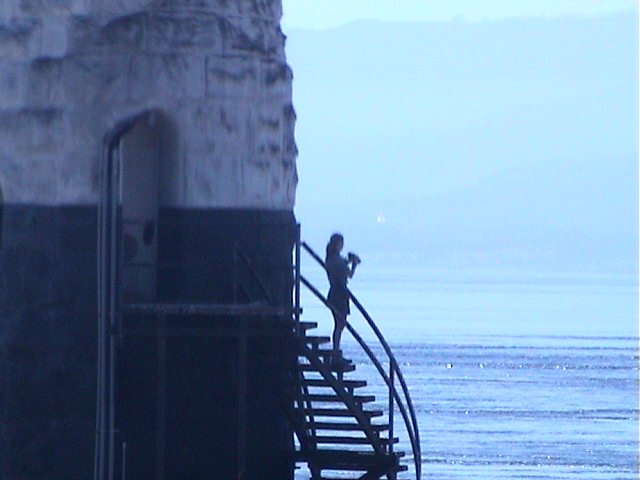
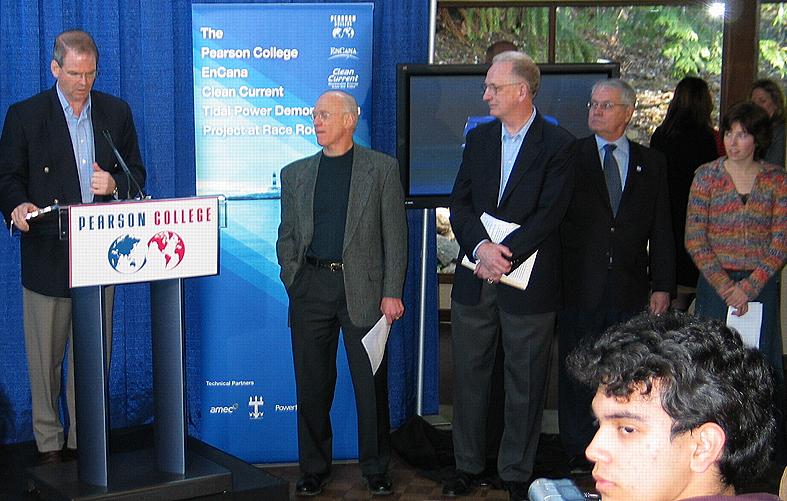
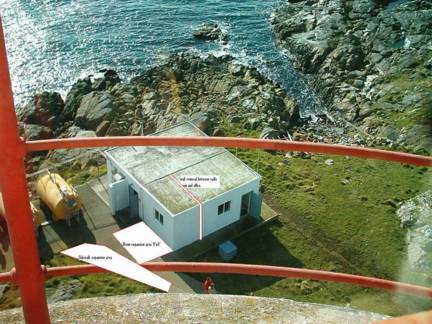
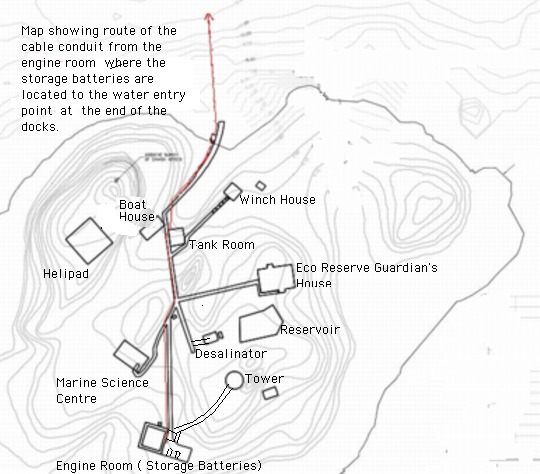
 nderwater testing of structural materials to be used for the turbine
nderwater testing of structural materials to be used for the turbine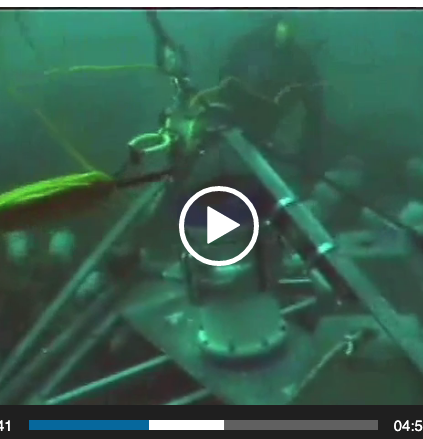
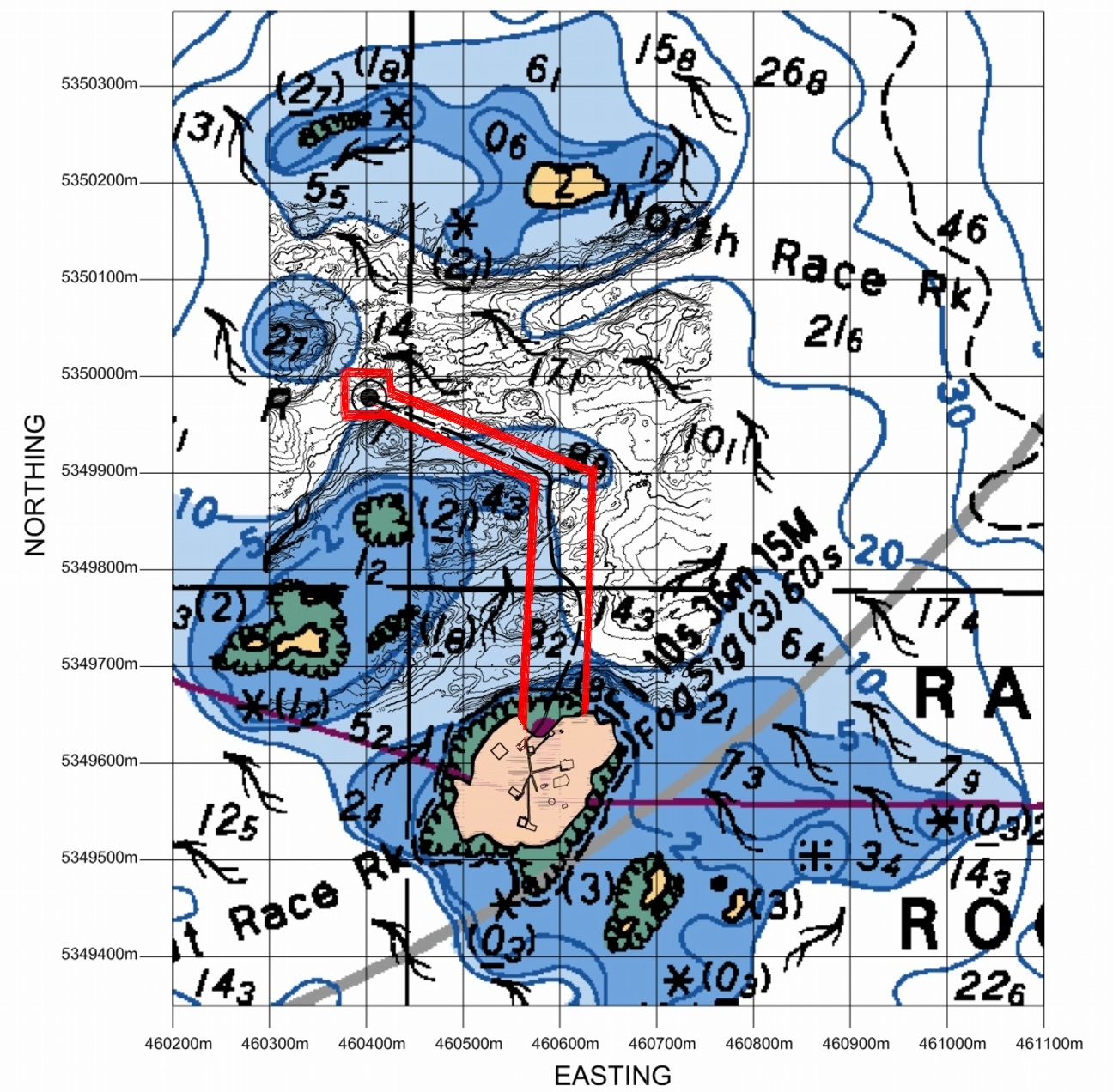

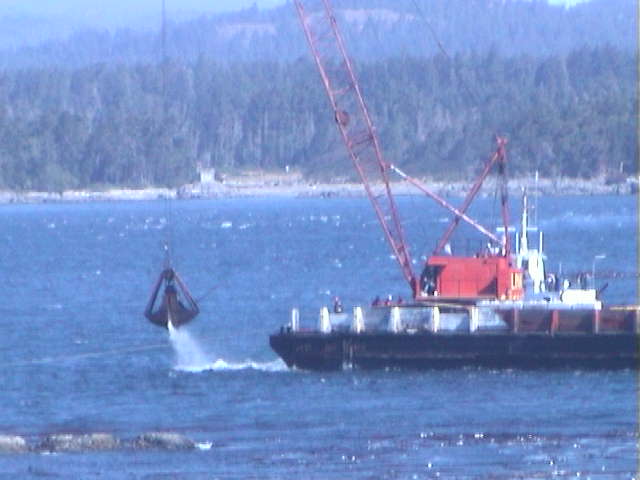
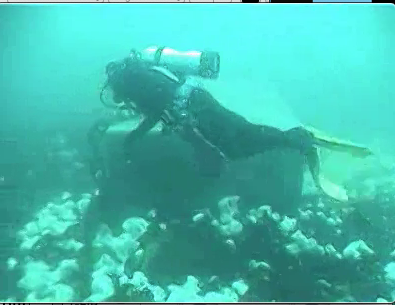
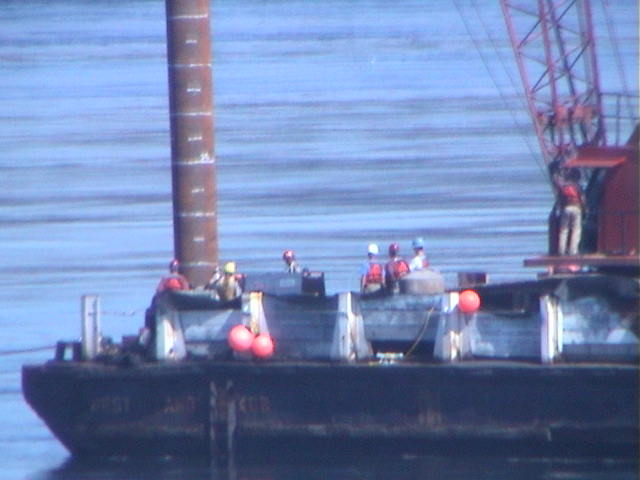
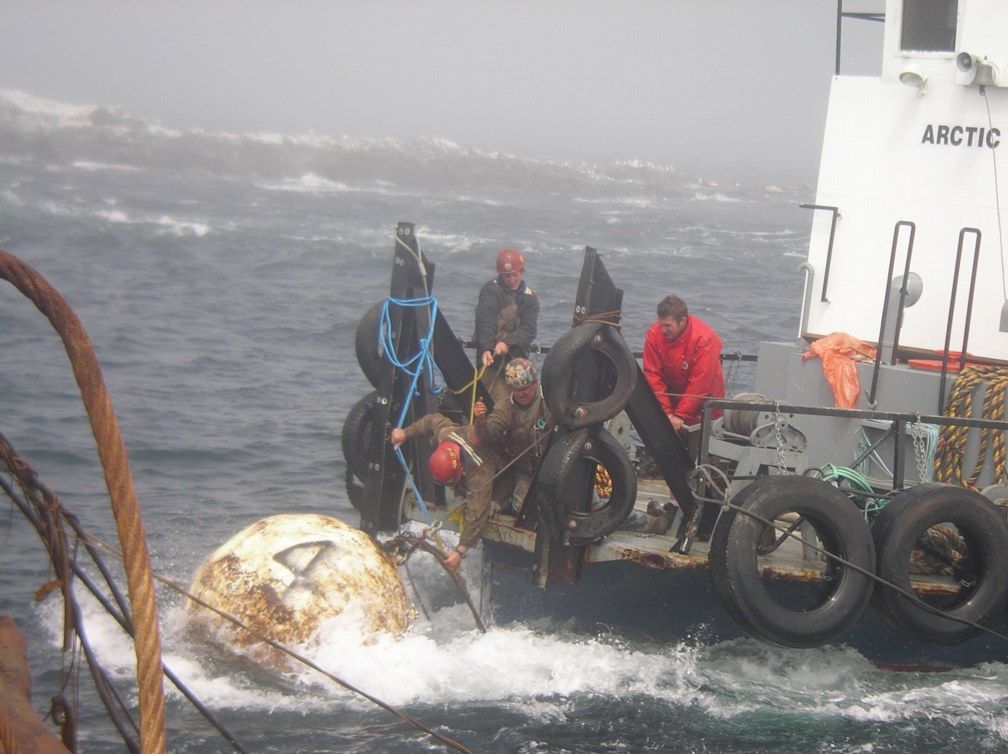
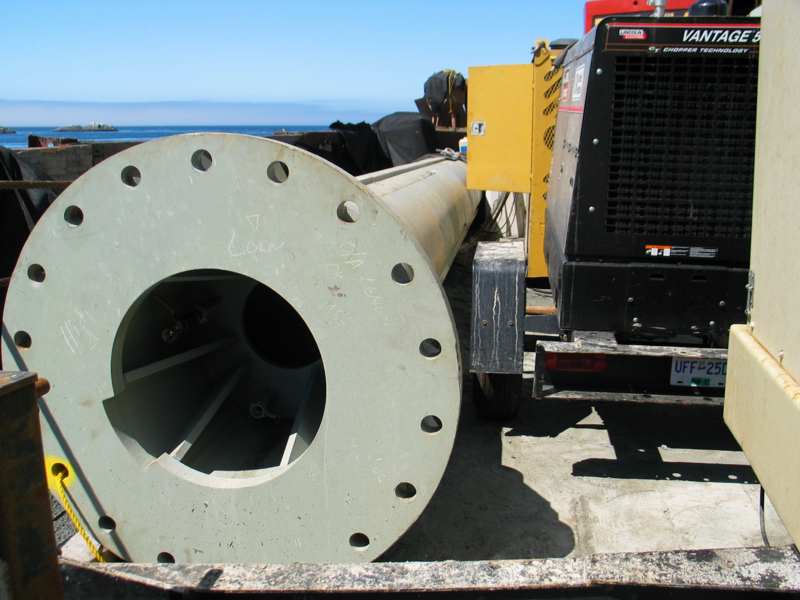
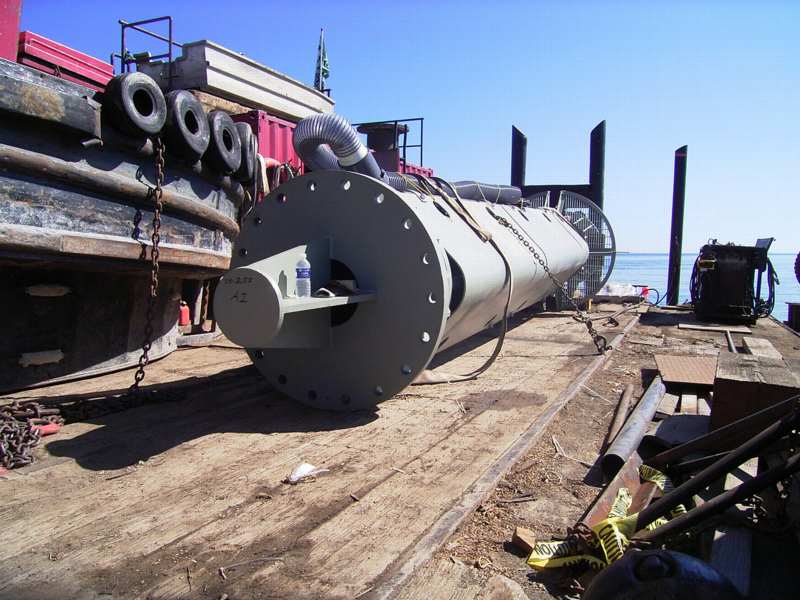
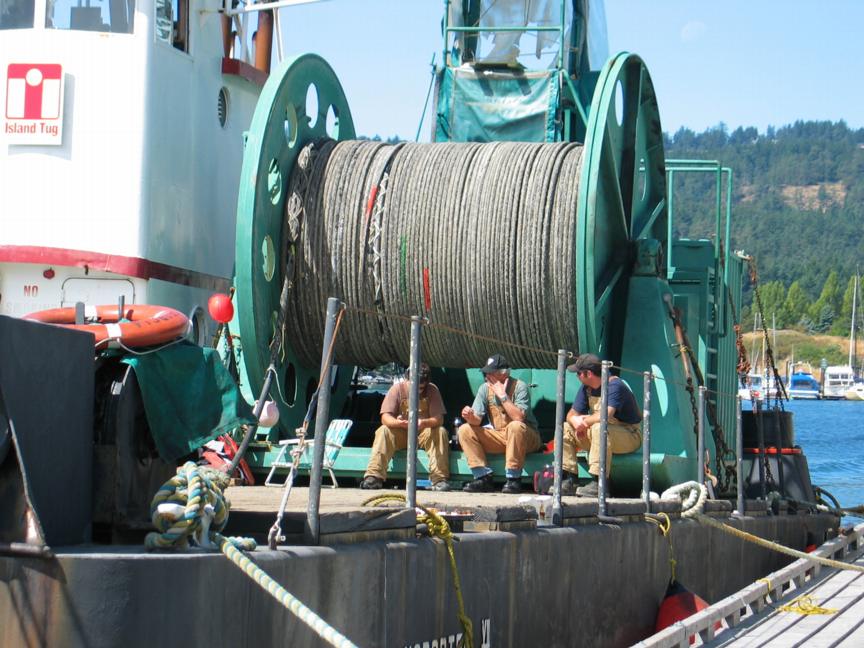
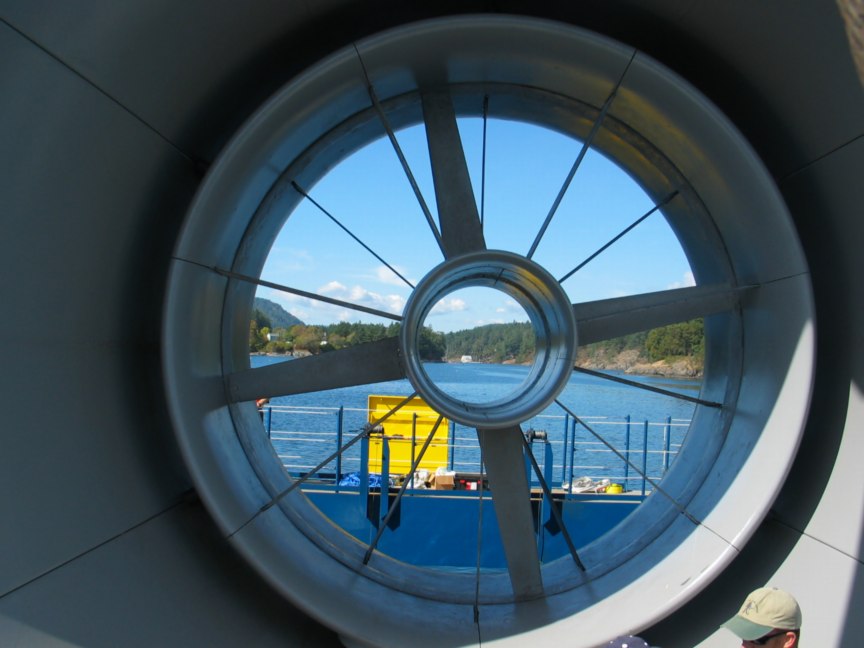
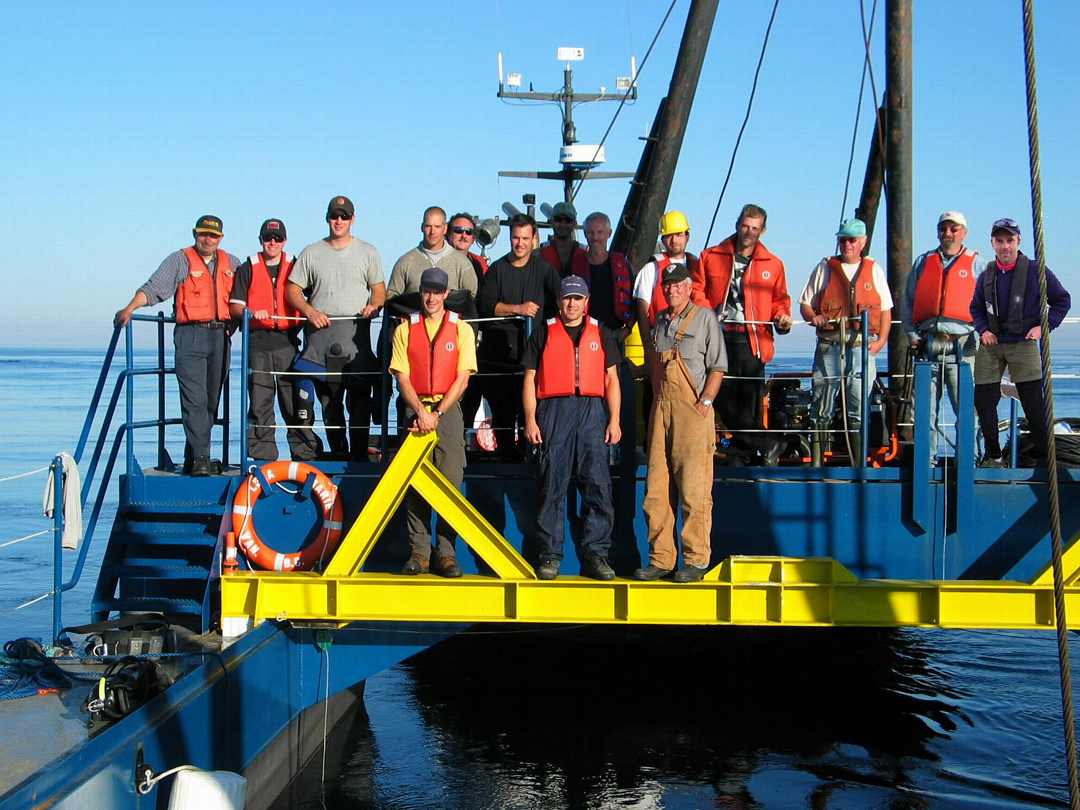
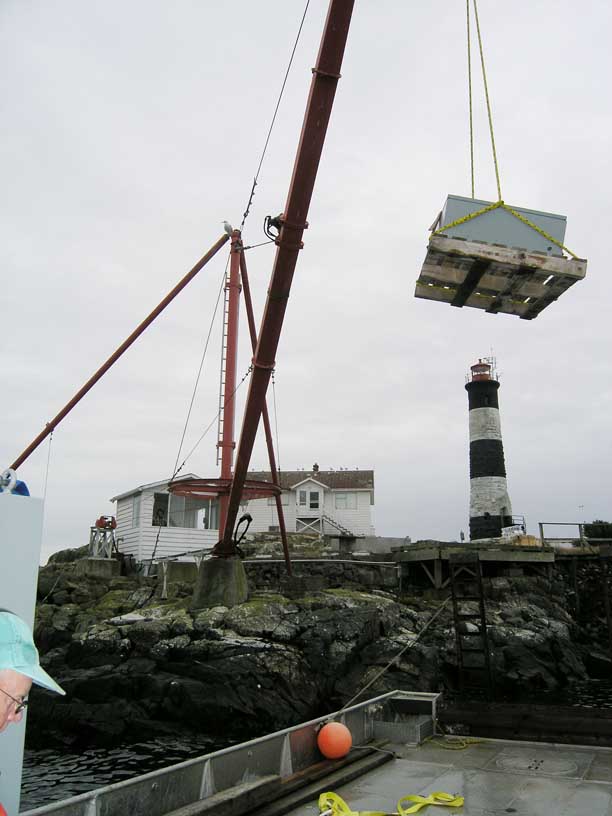
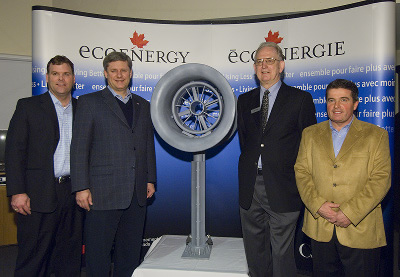
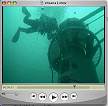
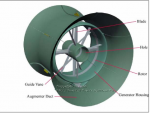
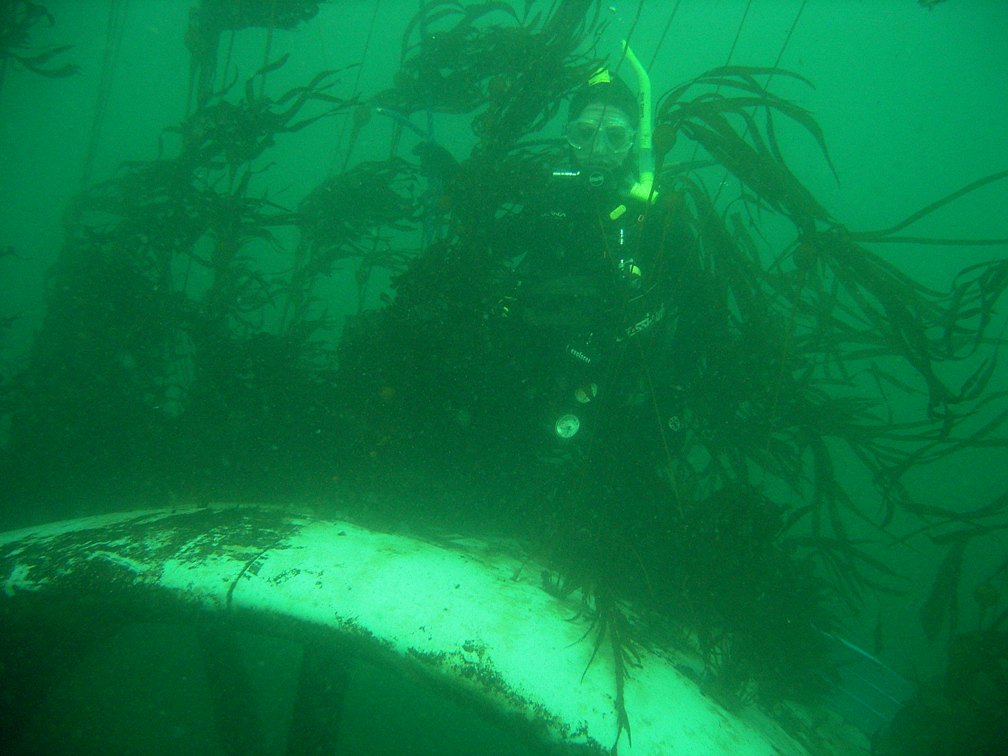
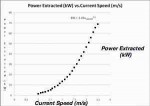
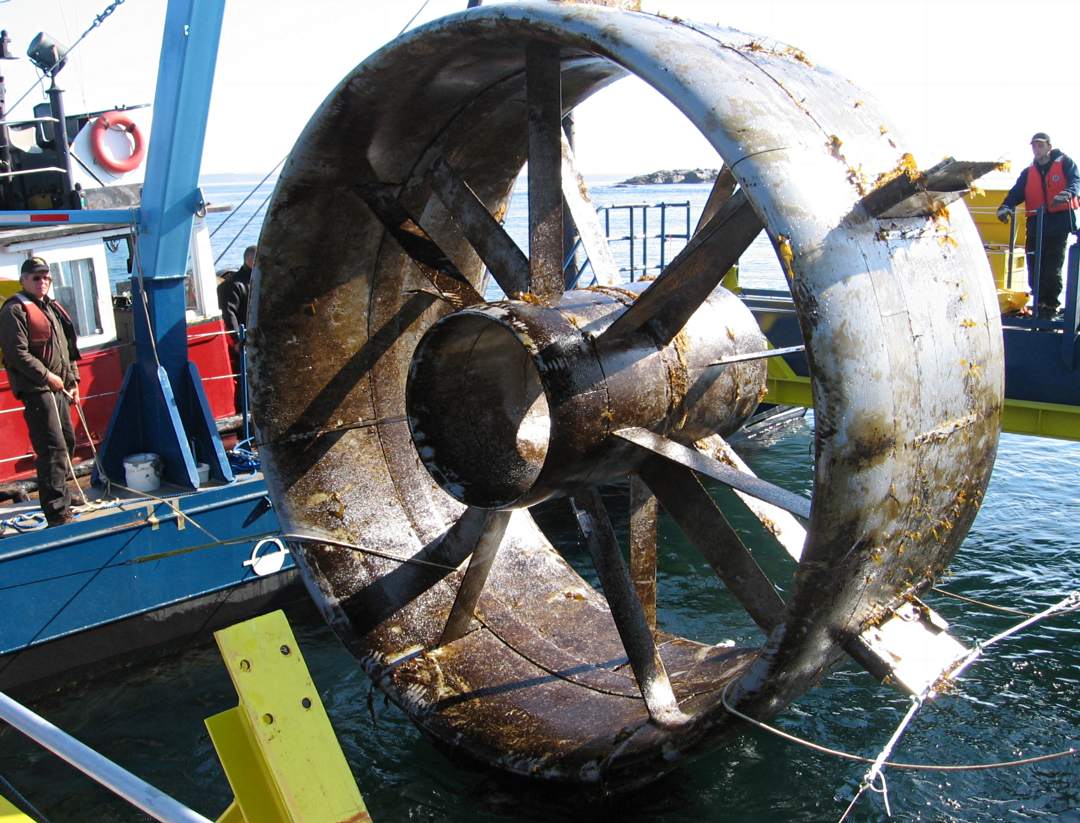
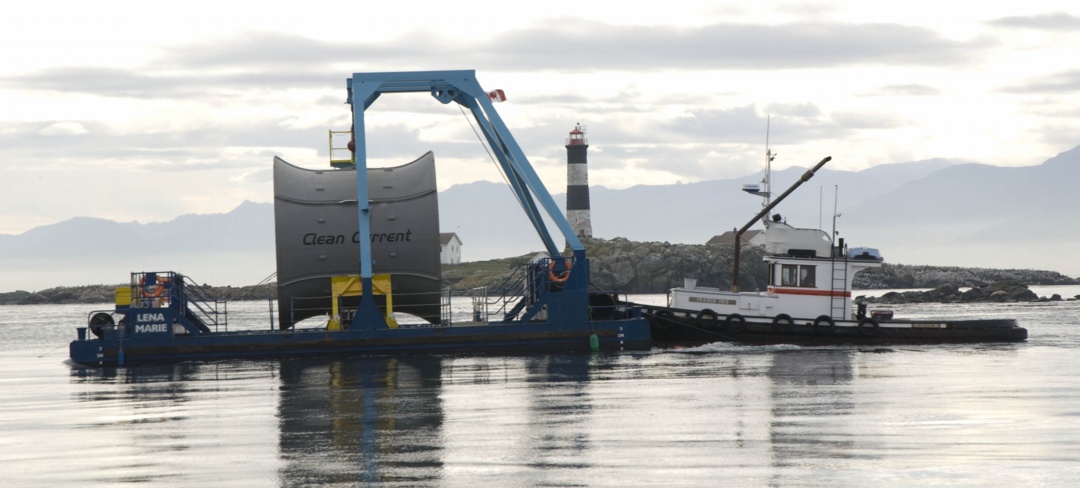

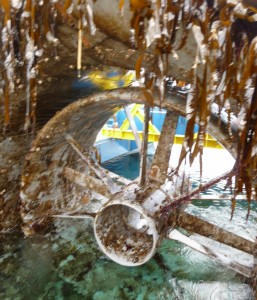 END of Tidal Energy project and removal of Turbine
END of Tidal Energy project and removal of Turbine
